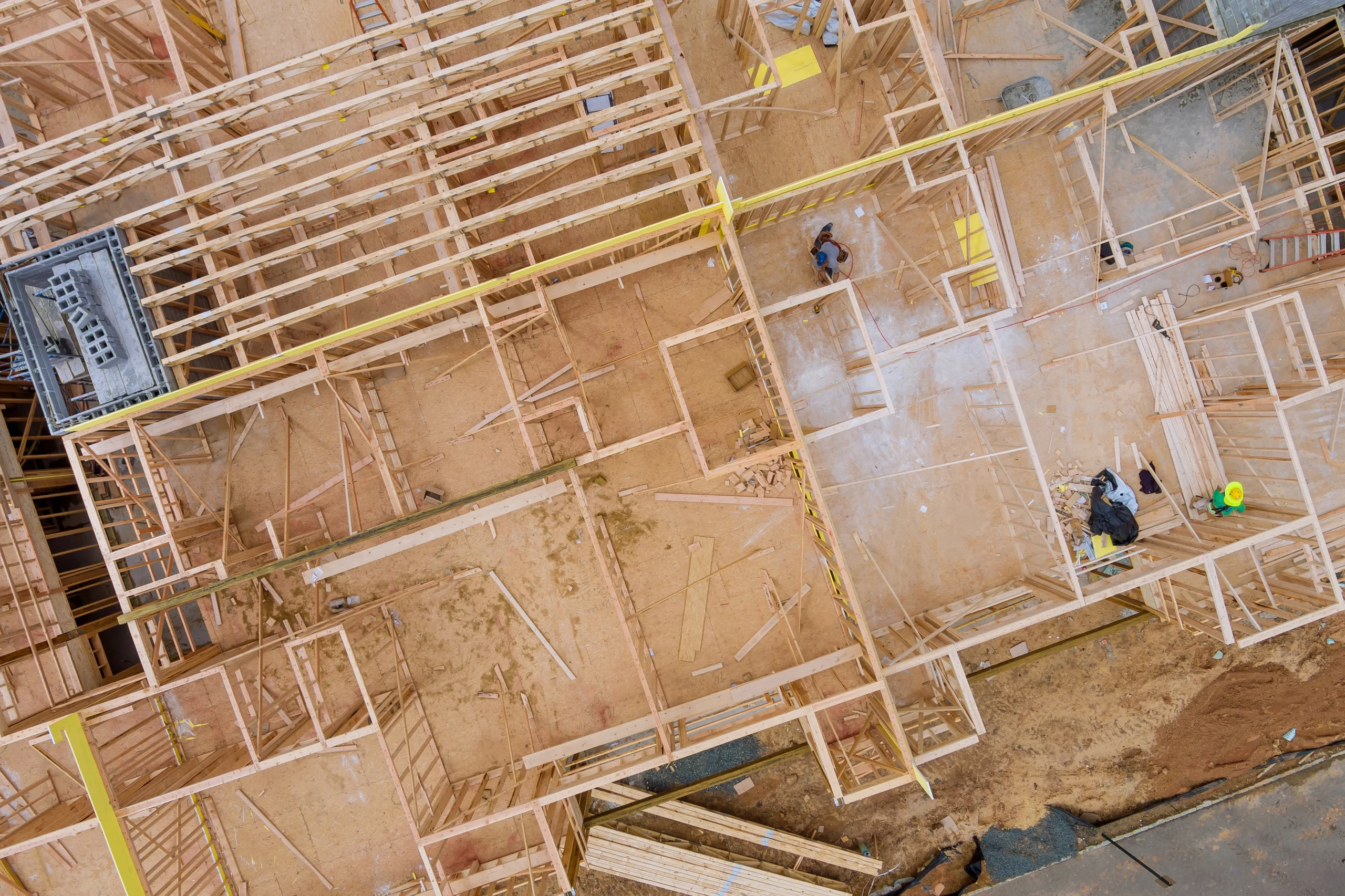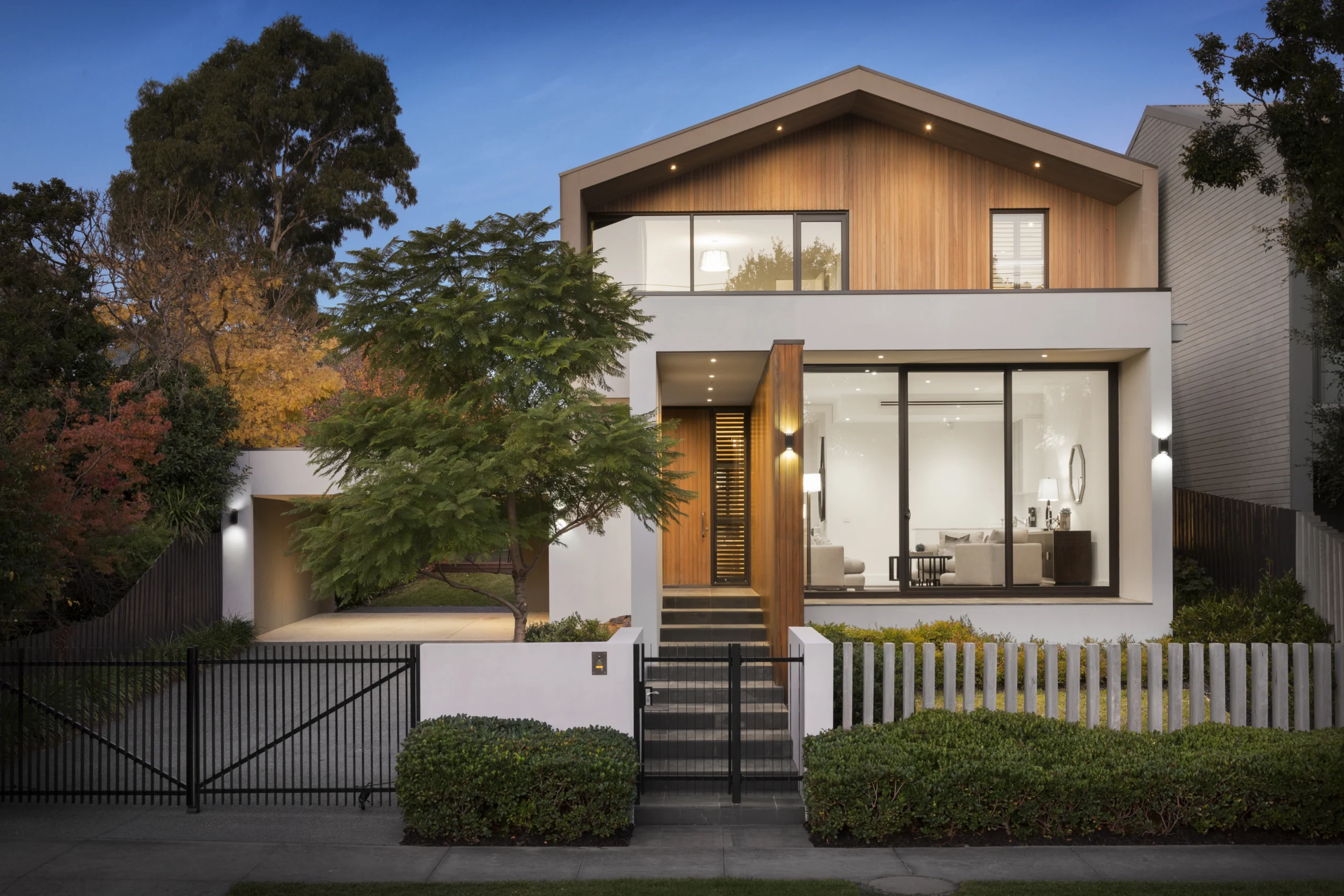When it comes to new construction in Bridgehampton, homeowners, developers, and investors alike are often drawn to the charm of the Hamptons market. Known for its beautiful coastal views, serene atmosphere, and proximity to East Hampton, Bridgehampton is one of the most desirable locations on Long Island for luxury homes and estates. However, the process of building a new home or commercial property in this coveted area is not as straightforward as it may seem. With specific local regulations, zoning laws, and building codes to navigate, understanding the process is crucial.
In this complete guide, we will walk you through the steps of home building in Bridgehampton, from finding the right property to securing the necessary building permits and everything in between.
Step 1: Understanding Local Regulations in Bridgehampton
The first step in any construction project in Bridgehampton, Sag Harbor, or other areas within East Hampton, is to familiarize yourself with the local regulations. These regulations cover zoning, land use, and environmental considerations that can impact how and where you build. Hamptons homes are often subject to stricter guidelines than properties in more urbanized areas due to their location near the coast, the preservation of local landscapes, and the need for sustainable building practices.
In Bridgehampton, it’s essential to understand the zoning regulations for your specific property. Zoning codes will dictate the type of structure that can be built, the size and height restrictions, and how close you can build to the property line or any natural features, like wetlands or flood zones.
A real estate agent specializing in the Hamptons market can be a valuable resource in this early stage. They can provide insights into available properties, help you identify lots that are zoned for the kind of construction you want, and ensure that your land purchase complies with local regulations.
Step 2: Finding the Right Property in Bridgehampton
Once you’ve grasped the zoning laws and local regulations, the next step is to find the ideal plot of land for your project. Bridgehampton offers a wide variety of properties, from residential lots to larger parcels of land for commercial development. A real estate agent with experience in the Hamptons market can help you navigate listings, attend showings, and assist in negotiations.
It’s crucial to work closely with your agent to find land that fits your needs and is suitable for home building. For example, if you’re building a Hamptons home as a personal residence, you may prefer a quieter area, perhaps closer to the beach or inland near local vineyards. On the other hand, commercial projects in the area may require land with better access to transportation routes and higher foot traffic.
Step 3: Securing the Necessary Permits
Before you can break ground on your new construction in Bridgehampton, you’ll need to secure the appropriate building permits. The permitting process can be time-consuming, but it is an essential part of ensuring your project is legal and compliant with local regulations.
In East Hampton, the permitting process typically starts by submitting a permit application to the Building Department. This application will include plans for your property, detailing the scope of your project, the materials you plan to use, and the overall design. Depending on the complexity of the construction, you may also need to submit environmental impact studies or other reports.
During this stage, it’s important to work closely with a licensed architect and a real estate agent who is familiar with local regulations and the specific building codes in Bridgehampton. These professionals can guide you through the process and help you meet any requirements set forth by the town’s building department.
Step 4: Planning and Designing Your New Construction

Once you’ve secured your land and permits, the next step is to begin the design process. For home building in Bridgehampton, the design phase is crucial. You’ll need an architect or designer to create blueprints that align with your vision while adhering to local regulations and zoning laws.
During this phase, you should consider factors such as the environment, the layout of the home, sustainable design options, and how the new structure will fit within the surrounding area. Given the Hamptons’ reputation for elegant and high-end homes, it’s essential to design a property that blends seamlessly with its natural surroundings.
Incorporating energy-efficient designs and sustainable building practices is also a priority. Many Hamptons homes are built with materials that reflect the region’s commitment to preserving its natural beauty. From solar panels to energy-efficient HVAC systems, there are many ways to design a Hamptons home that is eco-friendly and cost-effective.
Step 5: Hiring Contractors and Subcontractors
After your plans are in place, it’s time to bring your vision to life by hiring a construction team. In Bridgehampton, you will need to hire a general contractor, who will be responsible for overseeing the entire construction process. This contractor will hire and manage subcontractors, including electricians, plumbers, and carpenters, ensuring that all work is completed to code and within the established timeline.
When hiring a contractor, it’s essential to choose someone who has experience in Hamptons real estate and understands the intricacies of home building in the region. Look for a contractor who is familiar with the local regulations and has worked on similar projects in East Hampton or Sag Harbor. The right team will make the entire construction process smoother and more efficient.

Step 6: Construction Begins
Once you’ve secured your team, the construction process can officially begin. During construction, your general contractor will work closely with you to ensure that your project stays on track. Communication is key to the success of any construction project, especially in a region like Bridgehampton, where high-end homes are being built.
As construction progresses, you may encounter challenges related to weather, supply chain issues, or unexpected changes in the scope of the project. Working closely with your contractor will ensure these challenges are handled effectively and that you stay within budget.
Throughout the process, the construction team will adhere to local regulations and building codes, conducting inspections at various stages to ensure the work meets safety and quality standards. These inspections will be performed by the local Building Department to ensure that your new Hamptons home complies with all building codes and zoning laws.
Step 7: Final Inspections and Closing
Once construction is complete, the final step is to schedule inspections with the local authorities. These inspections will ensure that your new property complies with all building codes and is ready for occupancy. After passing inspection, you will be issued a certificate of occupancy, which confirms that your property is safe and habitable.
At this stage, you can also work with a real estate agent to list your Hamptons home for sale or prepare it for move-in if it’s a personal property. If you’ve built a custom home in Bridgehampton, this is an exciting moment to see your vision realized.
Conclusion
Building a new construction in Bridgehampton is an exciting venture, but it requires careful planning, navigating local regulations, obtaining permits, and working with trusted professionals throughout the entire process. From securing the right property to hiring contractors and completing inspections, each step plays an essential role in ensuring the success of your project.
By understanding the permitting process, working closely with professionals, and following the guidelines set forth by local authorities, you’ll be well on your way to creating your dream home in one of the most sought-after locations on Long Island. Whether you’re constructing a private estate or an investment property in the Hamptons market, this guide provides a comprehensive overview to help you navigate the process with confidence.





